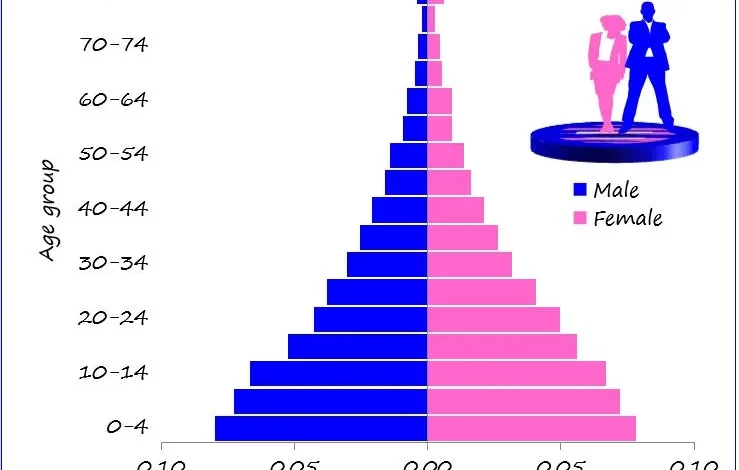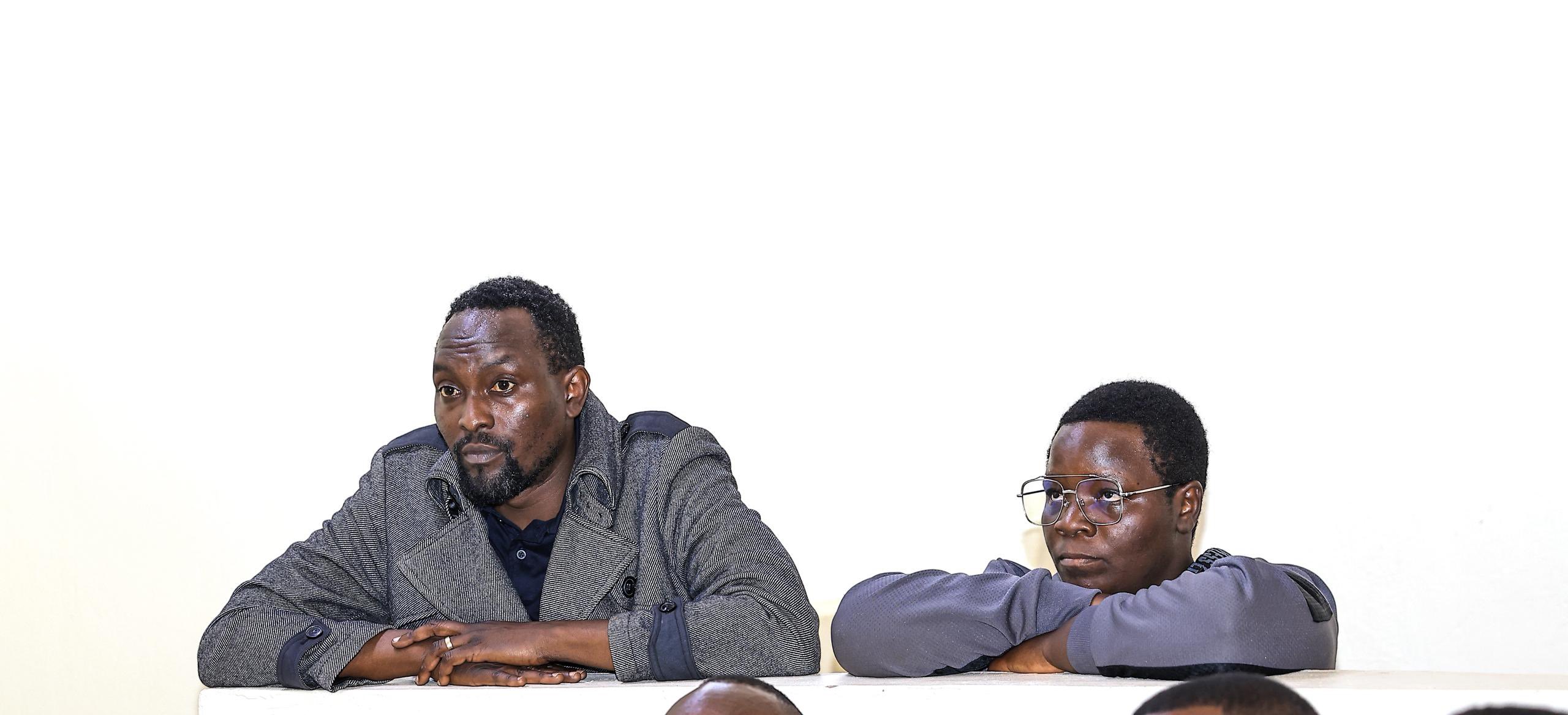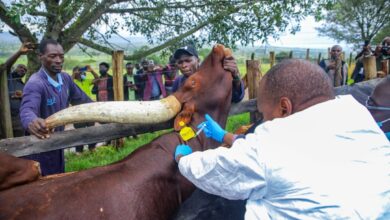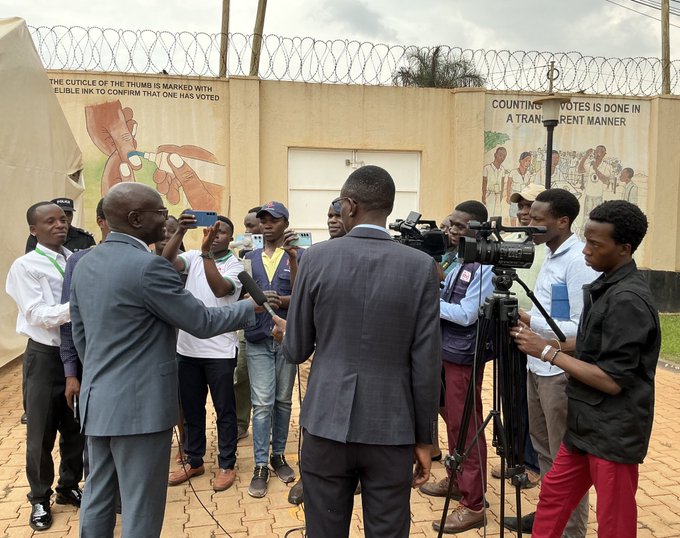UBOS clarifies census report pull down, defends 2024 data
There was a human error where data was swapped during the printing and preparation of statistics related to tribes, and as a bureau, we apologize for this hiccup," he said. "There is no intention by UBOS to discredit any tribe, and this is the reason we have rectified the data."

In a move to foster transparency and maintain public trust, the Uganda Bureau of Statistics (UBOS) has addressed concerns over discrepancies in its census report, which was recently pulled down.
During a breakfast meeting held in Kampala, Dr. Fred Ssenono, the Acting Deputy Executive Director of UBOS, explained that a human error during the printing and preparation of the 2014 census data had caused a mix-up of figures related to Uganda’s tribal populations.
Dr. Ssenono began by reaffirming UBOS’s commitment to openness, stating, “The Uganda Bureau of Statistics has an open-door policy which aims at transparency of its activities, including the disclosure of national statistics. We want to encourage the public to always seek clarification from us on any data that is shared.”
He was quick to acknowledge the bureau’s oversight and apologized for the confusion caused by the incorrect data.
“There was a human error where data was swapped during the printing and preparation of statistics related to tribes, and as a bureau, we apologize for this hiccup,” he said. “There is no intention by UBOS to discredit any tribe, and this is the reason we have rectified the data.”
A Swap of Tribal Data in 2014
The crux of the issue lay in the misrepresentation of the tribal population data from 2014. Dr. Ssenono elaborated on the specifics of the error, which affected several key ethnic groups. “In a broader lens,” he explained, “the 2014 figures on the Bakiga were for the Acholi, the Langi figures were for the Bagisu, and vice versa.”
This inadvertent data swap created confusion in the public domain, prompting UBOS to take swift action by retracting the report for corrections.
Dr. Ssenono assured Ugandans that the updated 2024 census figures stand accurate and reflect the correct population data. “We captured all tribes and have all their details,” he emphasized. “There was no intention to discredit any tribe; it was only a swap or mismatch of data where the right data was put under the wrong tribe.”
The 2024 census, he reiterated, was thoroughly vetted to avoid any repeat of the previous errors. “The 2024 figures stand correct, and the inaccuracies from 2014 have been resolved,” Dr. Ssenono confirmed, encouraging the public to rely on the revised data.
Religious Growth Rates: Not a Decline, But a Slower Growth
Apart from the tribal data swap, UBOS also faced queries about the religious data in the census. Concerns had arisen regarding a perceived decline in the population of major religious groups.
Dr. Ssenono took this opportunity to clarify that the issue was not with the actual numbers, but rather with the growth rates. He explained that while the population of Uganda’s largest religious groups—Roman Catholics, Muslims, and Anglicans—had increased, the growth rates had slowed compared to other groups.
“The population for Roman Catholics, for instance, grew from 13,426,520 to 16,612,537,” Dr. Ssenono pointed out, “but in terms of percentage relative to the total population, the growth is slower. This doesn’t mean that the total population is reducing.”
He reiterated that no religious group had experienced a decline in its number of adherents. “UBOS data shows no decline in the actual numbers of Catholics, Muslims, or Anglicans,” Dr. Ssenono stated, dispelling fears of a drop in religious populations.
This clarification came as a relief to many, particularly as Uganda has long been known for its diverse and devout religious communities. “There is no religion or faith that had a decline in its faithfulness,” Dr. Ssenono asserted. “All religions have seen an increase, but some are growing at a decreasing rate.”
A Call for Media Cooperation and Public Engagement
Dr. Ssenono used the platform to thank the media for its continued role in disseminating important national statistics and keeping the public informed. “The media has been quite pivotal in the dissemination of the recently released census results. We thank you for always making it up to us each time we invite you,” he said.
He also encouraged Ugandans to engage with UBOS directly whenever they have questions or concerns about the data. “We want to encourage the public to always seek clarification from us on any data that is shared,” he said, stressing that UBOS remains open to feedback and inquiries.
With UBOS now in the process of revising the 2014 census report to correct the errors, Dr. Ssenono pledged that the bureau would continue working diligently to ensure that the right information is shared with the public. “UBOS has pledged to correct the errors in the census report and ensure accurate information is shared with the public,” he said.
The bureau’s swift response and commitment to transparency are expected to restore confidence in the national statistics. While errors in data reporting are not uncommon in large-scale projects like national censuses, the incident has highlighted the importance of thorough cross-checking and verification.
Dr. Ssenono’s candid admission of the bureau’s mistake and proactive measures to rectify it demonstrate UBOS’s dedication to maintaining the integrity of Uganda’s vital statistics. As the country moves forward with the corrected data, both the public and policymakers can be assured that the information guiding Uganda’s future planning is accurate and reliable.
UBOS’s clarification of the 2014 data swap and correction of the 2024 census figures is a testament to the bureau’s commitment to transparency and accountability. With Dr. Ssenono’s clear explanations and reassurances, the public can trust that the corrected data accurately reflects Uganda’s tribal and religious demographics.
Moving forward, UBOS encourages both media and the public to continue engaging with the bureau to ensure that national statistics remain a reliable tool for development and policy-making.







